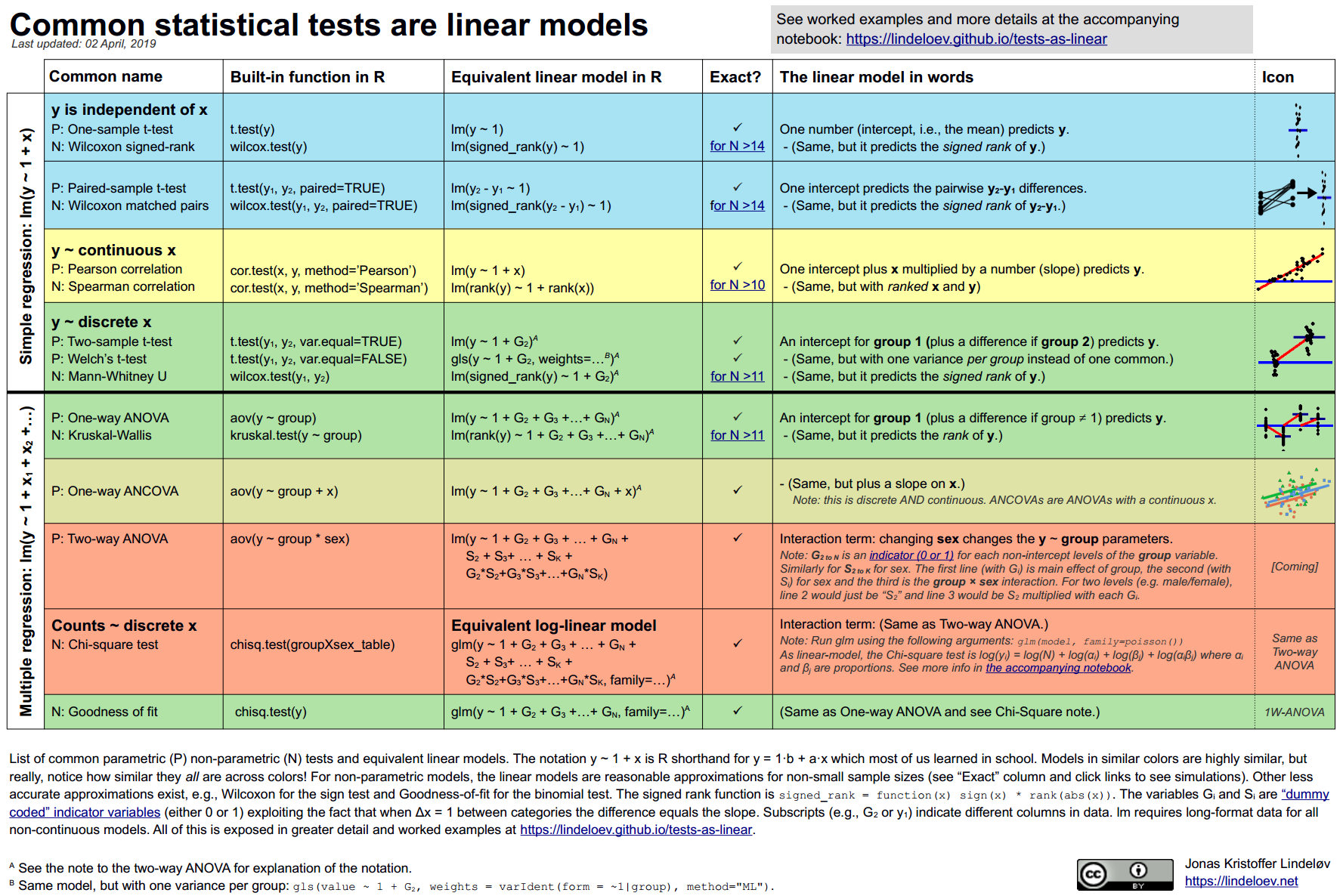Math Intuition
Mathematics
Updated mental models
Numbers aren’t just a count; a better viewpoint is a position on a line. This position can be negative (
Arithmetic became a general way to transform a number. Addition is sliding along the number line (
Mathematically, the exponent function does this:
or
| Operation | Old concept | New concept |
|---|---|---|
| Addition | Repeated counting | Sliding |
| Multiplication | Repeated addition | Scaling |
| Exponents | Repeated multiplication | Growth for amount of time |
Understanding
The number
The variable
So, our general formula becomes:
The number
- How much growth do I get after after
100% continuous growth means that, at any given time, the rate of change is always equal to our current value. Or more mathy: (d/dx)*(e^x) = e^x
Understanding
Statistics
- Probability is starting with an animal, and figuring out what footprints it will make.
- Statistics is seeing a footprint, and guessing the animal.

